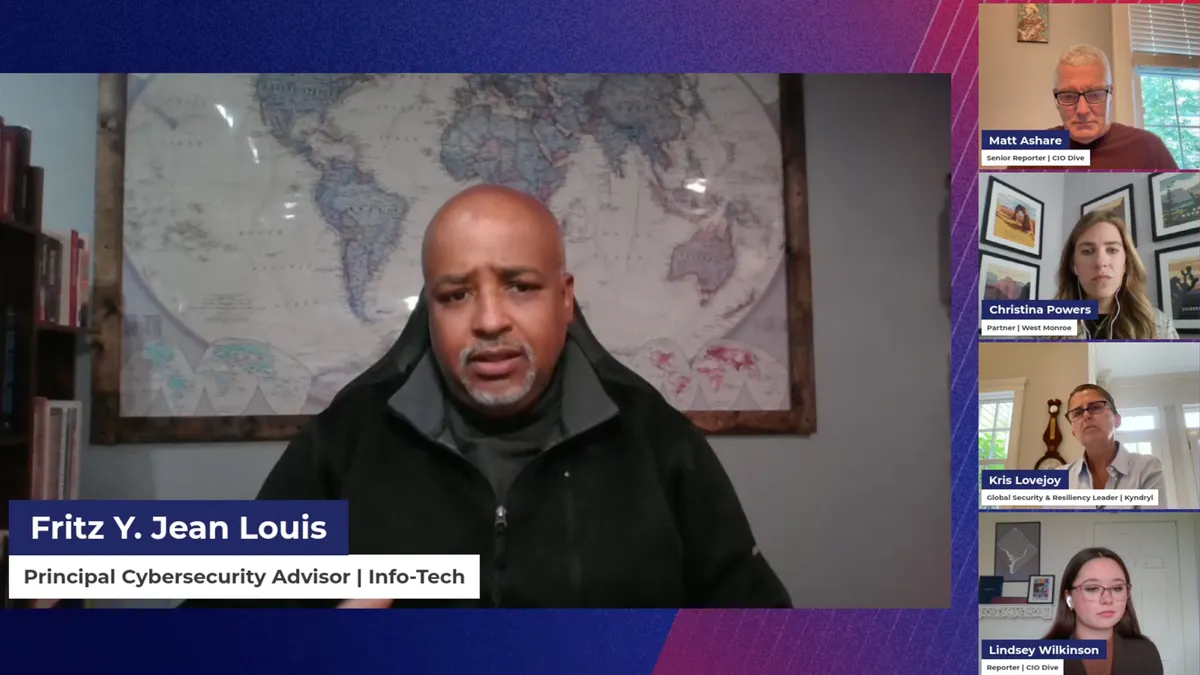Editor’s note: The following is a guest post from Kim Basile, CIO at Kyndryl.
AI is reshaping the global economy at a relentless pace, yet most enterprises remain deeply unprepared to bring their workforces along for the ride.
When asked in a recent global survey by Kyndryl, some 95% of enterprise leaders confirmed they are deploying AI across multiple functions. This isn’t a surprise given the growing hype surrounding AI. What is surprising, though, is that 71% of those same leaders reported their workforces are not ready to successfully leverage the technology. Even worse, 45% of CEOs feel their employees remain resistant to it.
Taken together, it’s a combustible disconnect fueled by lack of trust and a lack of strategy.
Only a small subset of organizations are addressing workforce readiness while leveraging AI for business growth. They’re making strategic workforce decisions to address organizational change, trust in AI and skills gaps and are seeing benefits across their employee population.
The successful integration of AI won’t hinge on algorithms or infrastructure alone. It hinges on trust. To build trust, companies need transparency, clear communication, continuous skilling and empowering the workforce to lean into change. It’s about striking a balance between ambition and practicality and identifying the best use cases.
There are clear steps leaders can take to transform how their teams engage with AI, creating a culture where change feels exciting, not threatening.
Building trust starts with transparency
Trust is the foundation of any successful transformation — and it must be built from the ground up. Without it, even the most sophisticated AI tools will struggle to gain meaningful traction.
We know that while 86% of leaders feel confident in AI implementations, only 29% believe their systems are ready to manage future risks. That gap underscores a critical truth: Trust must be built in the technology, as well as in the processes and people behind it.
This approach requires responsible AI governance, including transparency, oversight and clear ethical guidelines. An AI governance board, for example, can help reinforce accountability.
Launching employee enablement campaigns also help to demystify AI by equipping employees to see firsthand how it can enhance – not replace – human work. When possible, providing early access to AI tools can help give employees hands-on experience and a sense of ownership and inclusion in the transformation.
Skilling can boost performance
Despite widespread adoption of AI, the workforce is unprepared to harness the technology's full potential. The looming skills gap represents a clear business risk.
Conducting deep analysis of people-related systems can provide insight into what skills the company has, what is needed and how to close the gap. Tiered AI education programs — tailored to different roles and levels of expertise — and embedding learning into the flow of work can make it easier for employees to grow their understanding of AI without stepping away from their responsibilities.
Skilling efforts also telegraph to employees that they are valued, that their growth matters and that they have a meaningful role in an AI-powered future. This kind of investment is essential, especially when only 42% of organizations report seeing a positive return on their AI initiatives.
Closing the gap between leaders and workforces
One of the most striking findings from our report is the disconnect between leadership enthusiasm and employee sentiment. While CEOs and tech leaders are embracing AI, nearly half say their employees are still actively resisting it.
Don’t confuse this resistance with irrationality. And don’t underestimate it. It’s often a response to fear, uncertainty and a lack of clarity. When employees don’t understand how AI will impact their roles or when they feel excluded from the process, resistance is a natural response.
Leaders must meet this moment with empathy. That means listening more, communicating clearly and with transparency and involving employees into the transformation effort. It also means aligning incentives, recognizing progress and celebrating wins — no matter how small — that build momentum and trust.













